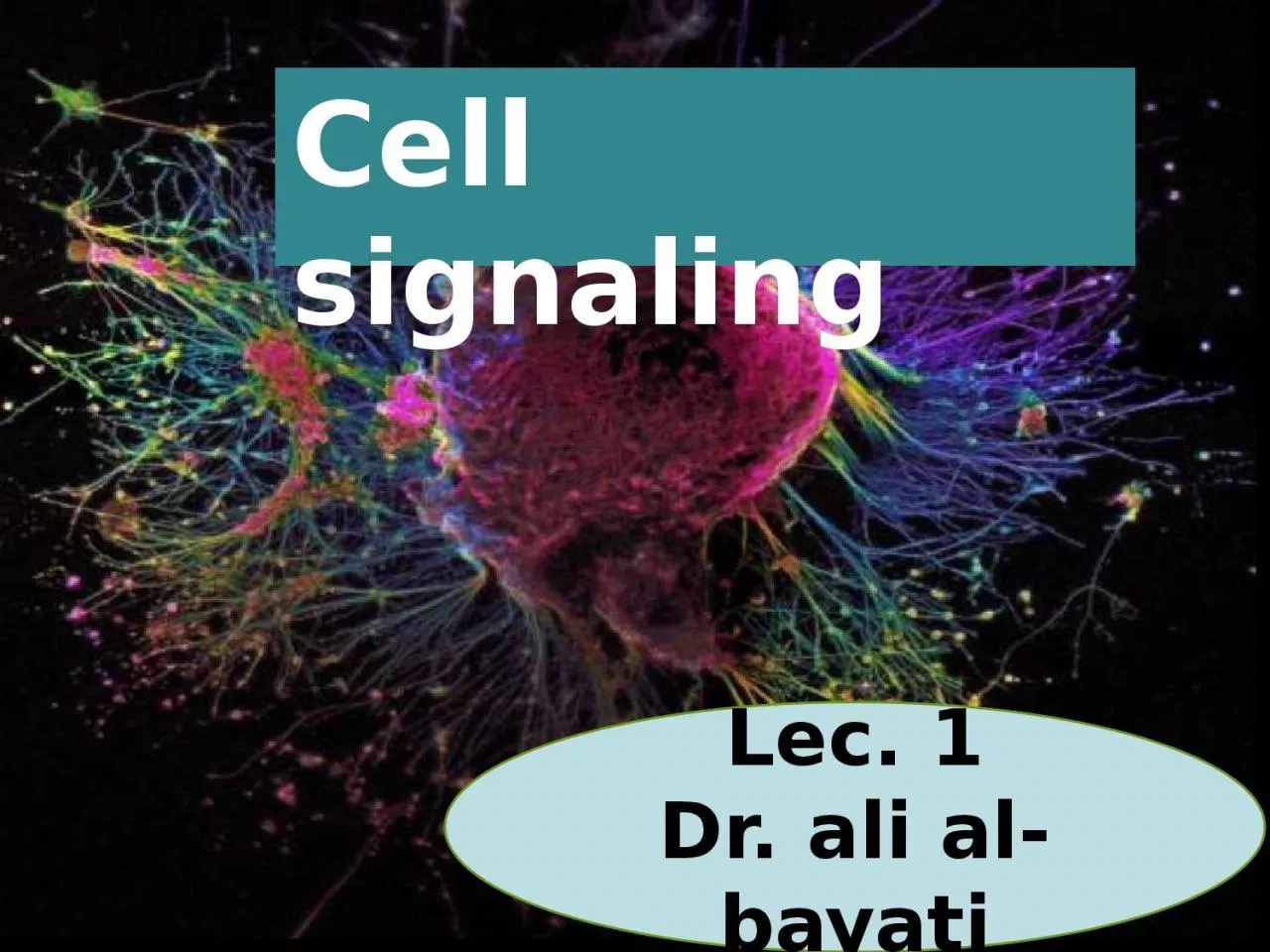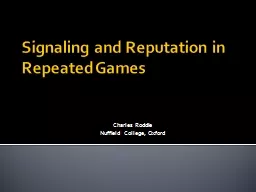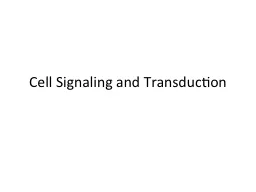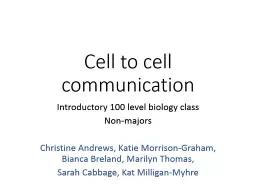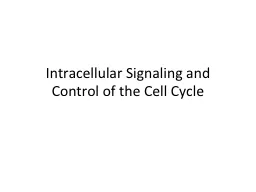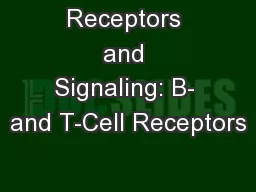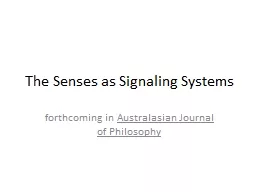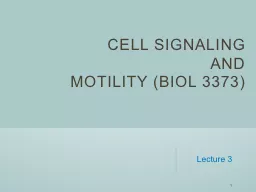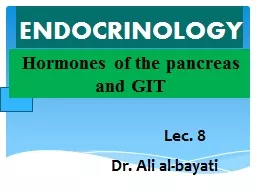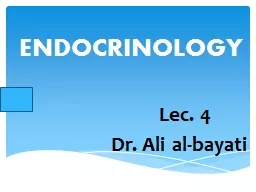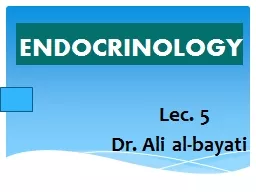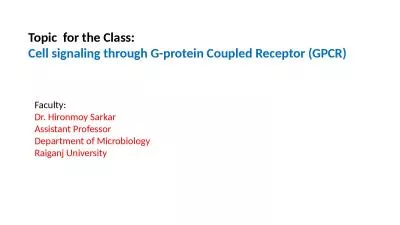PPT-Cell signaling Lec. 1 Dr. ali al-bayati
Author : LoveBug | Published Date : 2022-08-03
Introduction Cell signaling a biological mechanism that occurs in cells which gives cells an ability to receive or generate the signals in response to their surrounding
Presentation Embed Code
Download Presentation
Download Presentation The PPT/PDF document "Cell signaling Lec. 1 Dr. ali al-bayati" is the property of its rightful owner. Permission is granted to download and print the materials on this website for personal, non-commercial use only, and to display it on your personal computer provided you do not modify the materials and that you retain all copyright notices contained in the materials. By downloading content from our website, you accept the terms of this agreement.
Cell signaling Lec. 1 Dr. ali al-bayati: Transcript
Download Rules Of Document
"Cell signaling Lec. 1 Dr. ali al-bayati"The content belongs to its owner. You may download and print it for personal use, without modification, and keep all copyright notices. By downloading, you agree to these terms.
Related Documents

